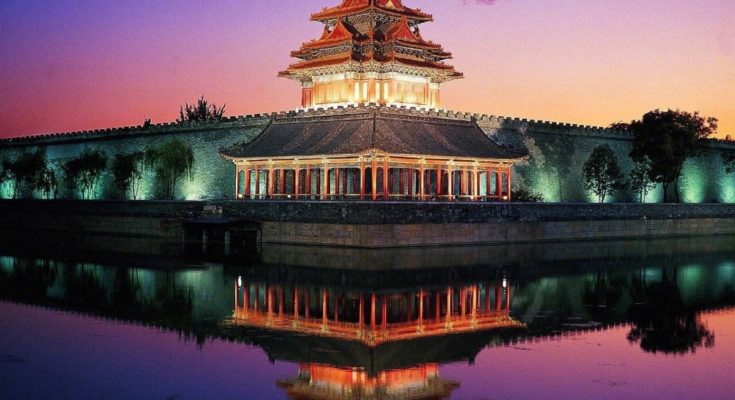A peek into China’s rich past filled with dynasties and war make it an interesting stop for history buffs and interested tourists alike. The climb and fall, strategies, superstitions, and beliefs have all contributed to the modern state it is today, with monuments and structures erected in honor of these events. Listed below are five of the main historical sites you won’t want to skip out on during your visit to China.
The Great Wall of China
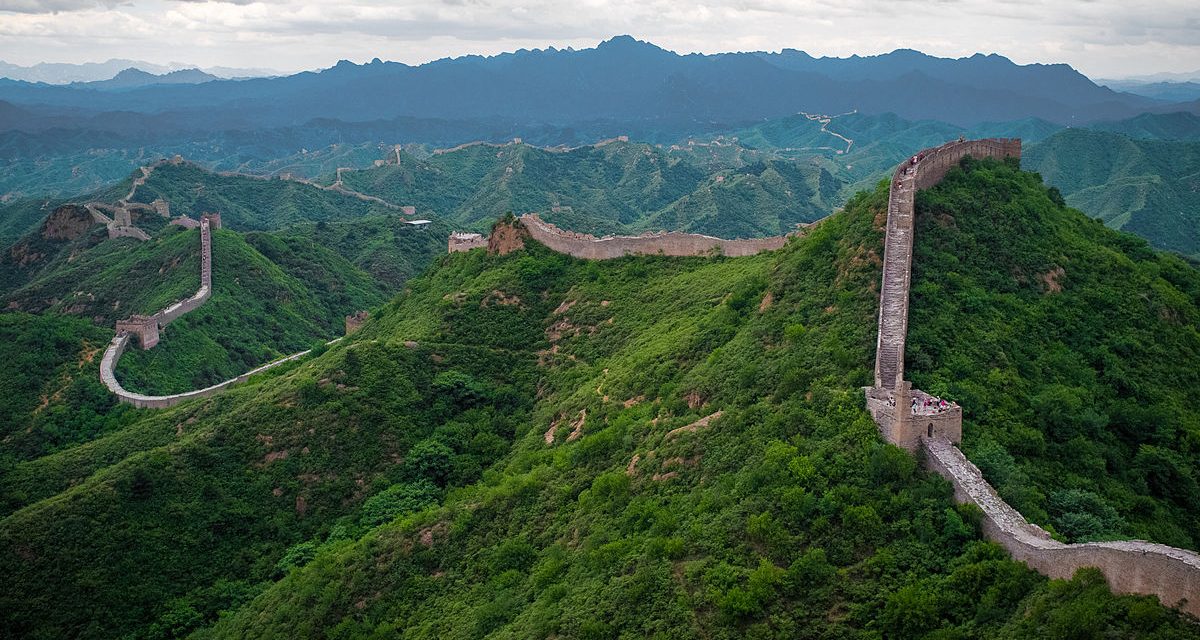
Although The Great Wall stretches over approximately 5,000 kilometers, its most integrated and best-preserved parts are found in China’s capital, Beijing. To many travelers, you haven’t really been to China if you haven’t climbed the Great Wall. It is such an iconic symbol recognized almost everywhere, and famously known as one of the Seven Wonders of the World.
But what is its historical value? It was originally a series of walls built in an east to west line across China’s historical borders to protect Chinese states against foreign invaders and threats. As time passed with China becoming more fortified (literally and figuratively) as a state, the walls were connected and became more secure. Since then, it was collectively referred to as the Great Wall.
The Forbidden City
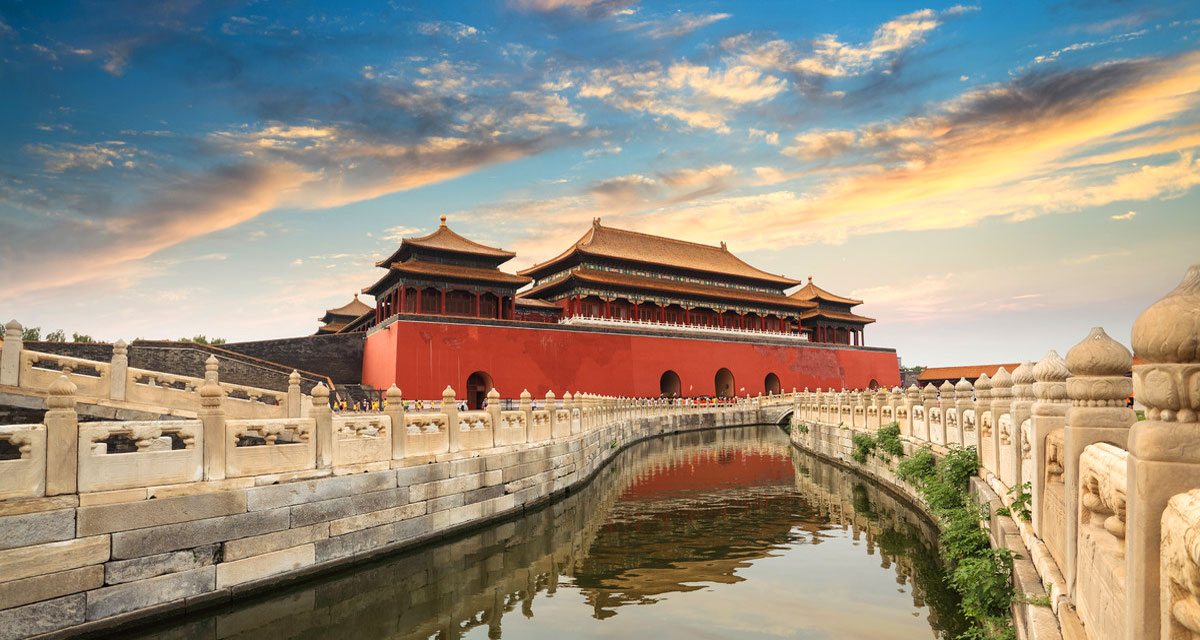
Built as a palace for the emperors of the Ming Dynasty, the common folk of China was denied entry, thus earning it the name Forbidden City. Located in Beijing, the architecture and overall layout of the palace was closely based on China’s belief of Feng Shui. The palace itself has over 8,000 rooms that have been elegantly designed for royalty at the time. It is on the list as one of the five most important palaces in the world, along with the White House in the United States, and Buckingham Palace in the United Kingdom. Since the 1920s until the present day, the Forbidden City now serves as a museum to the public.
The Terracotta Army
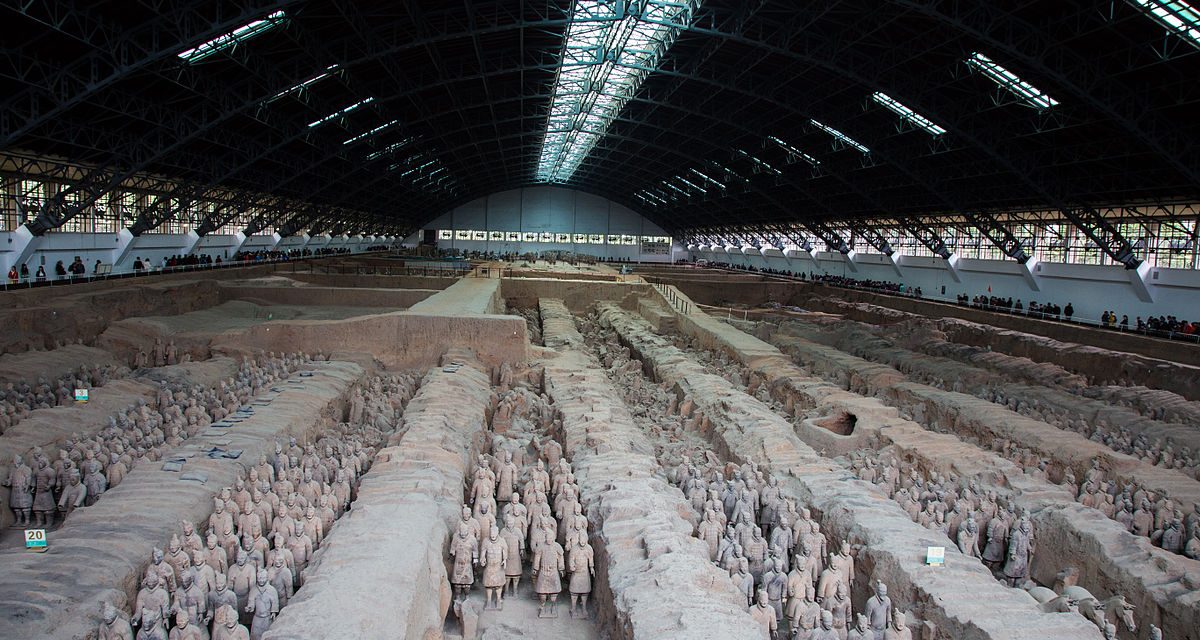
The tomb of China’s first emperor, Qin Shi Huang is heavily guarded by China’s famous army of terracotta warriors. Over 2,000 years old, the clay army was made to guard the tomb of China’s emperor and was believed that they would protect him in the afterlife. The army consists of 8,000 clay warriors with horses and chariots, all of which are life-sized and took over 38 years to make. The famous site is located near Xi’an, China. The Terracotta warriors were also made to represent the emperor’s army that triumphed over other Chinese armies. This helped in making China a united territory.
Summer Palace
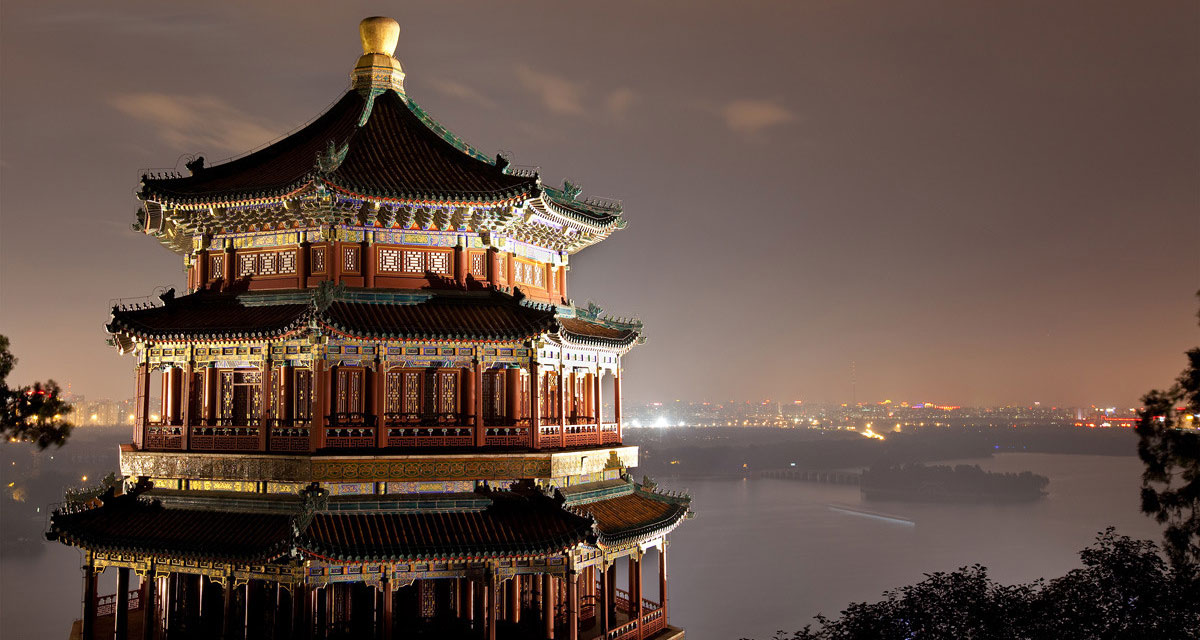
Most famously known as China’s largest imperial garden, the Summer Palace stretches over 300 hectares and is a symbol of excellent Chinese garden design. The layout and design of the Summer Palace are elegant and exquisite because it was originally built as a summer resort for Chinese royalty during the Qing dynasty. It was first built in 1750 but was largely destroyed in 1860 during the war. Eventually, it was rebuilt and restored on its original foundations in 1886. The Summer Palace was added to UNESCO’s World Heritage List due to its beautiful design and outstanding aesthetic.
Nanjing Massacre Memorial Hall
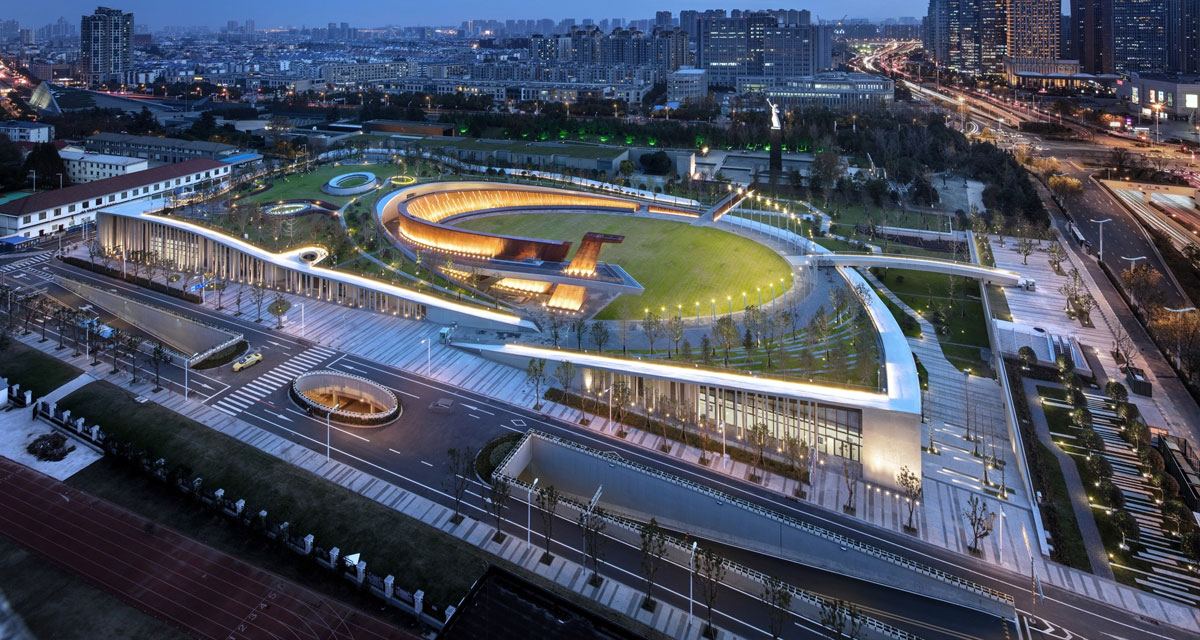
The Nanjing Massacre, committed by the Japanese in 1937, left China’s people scarred and was built to serve as a reminder of the true horrors behind the war. This memorial was dedicated to the 300,000 victims who lost their lives during this atrocious period in history. The memorial contains artifacts, historical records, and videos to illustrate what happened during the massacre. The Japanese war crimes range from acts of robbery and destruction of public property to acts of rape, murder, and mass executions. The Japanese held live killing competitions and used civilians as a practice to use their bayonets on. Many tourists and travelers visit to pay tribute to the many victims.

